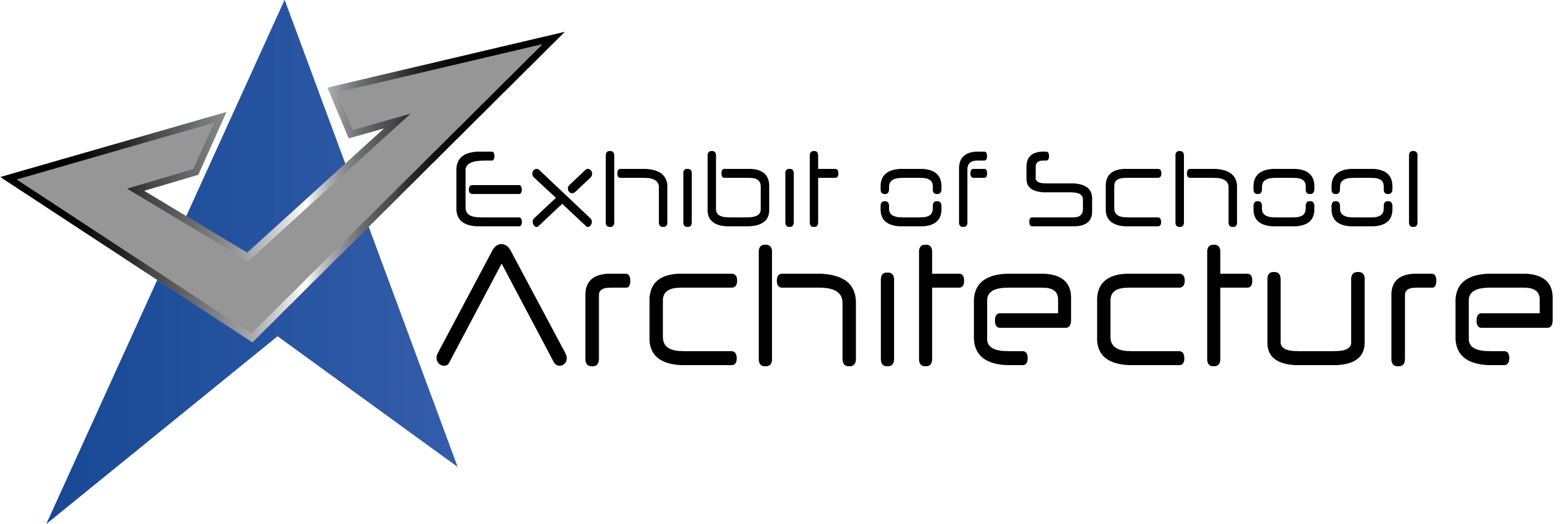Frisco ISD—Lawler Middle School
Architect: Corgan
As one of the fastest-growing public school districts in the nation, the district has built more than 30 schools in the last 10 years. With a mission to know every student by name and need, the district chose to evolve a protoype school that would accommodate 1,000 middle school students through small, personalized learning environments and include classroom communities, outdoor learning areas, and flexible learning spaces. Spatial relationships bridge learning communities to common areas.
Design
The “small school” design features communities centered around an outdoor learning area to promote cross-curricular opportunities and personalized environments. Collaborative break-out areas with full floor-to-ceiling writable marker surfaces and tack boards, USB power outlets, and bench seating are dispersed throughout the corridors, bringing learning out of the classroom. An interior sliding glass wall creates a central open concept library that connects to an outdoor learning area.
Value
A flexible, open layout allows the district to adapt as learning styles change. A responsive site, shared spaces, and the modified design allow for after-hours student and neighborhood activities. Cost-saving measures include low-maintenance and locally-sourced materials, as well as daylight harvesting, geothermal HVAC, insulated concrete form (ICF) exterior walls, and shaded exterior windows.
Sustainability
The campus promotes the health and well-being of the users by implementing energy-saving technologies and cultivating student ambassadors. Students can monitor utility usage through the district’s website. ICF walls, low-e glass, LED lighting, strategic shading, and efficient geothermal HVAC strategies allowed the district to reduce their energy consumption from the previous year.
Community
Providing meaningful yet challenging curriculum that promotes student success and performance is the key to the district’s strategic plan. Classroom communities support this goal by allowing students to receive a personalized education through small class sizes and one-on-one attention. The school creates a sense of place by emphasizing the traditional values of the surrounding community and encourages community engagement through shared communal spaces.
Planning
The school reflects numerous studio charrettes, visioning sessions with educators, administrator feedback on previous prototypes, and presentations to community and school board members. Planning was guided by studio sketches and the district’s student opportunities model, allowing students to create customized learning opportunities to enable them to be well-rounded and future-ready. The site maximized connectivity to the surrounding residential community and the neighboring high school.
School Transformation
Classrooms and corridors incorporate adaptive learning spaces where students can gather in small groups and customize the environment based on the need, allowing for creativity and collaboration. The library, common areas, and the cafeteria allow access to secure outdoor learning areas. The integration of technology throughout the school using WAN (wide area network) allows instructional programs to be delivered on demand through video streaming, promoting digital literacy.
![]() Star of Distinction Category Winner
Star of Distinction Category Winner




































